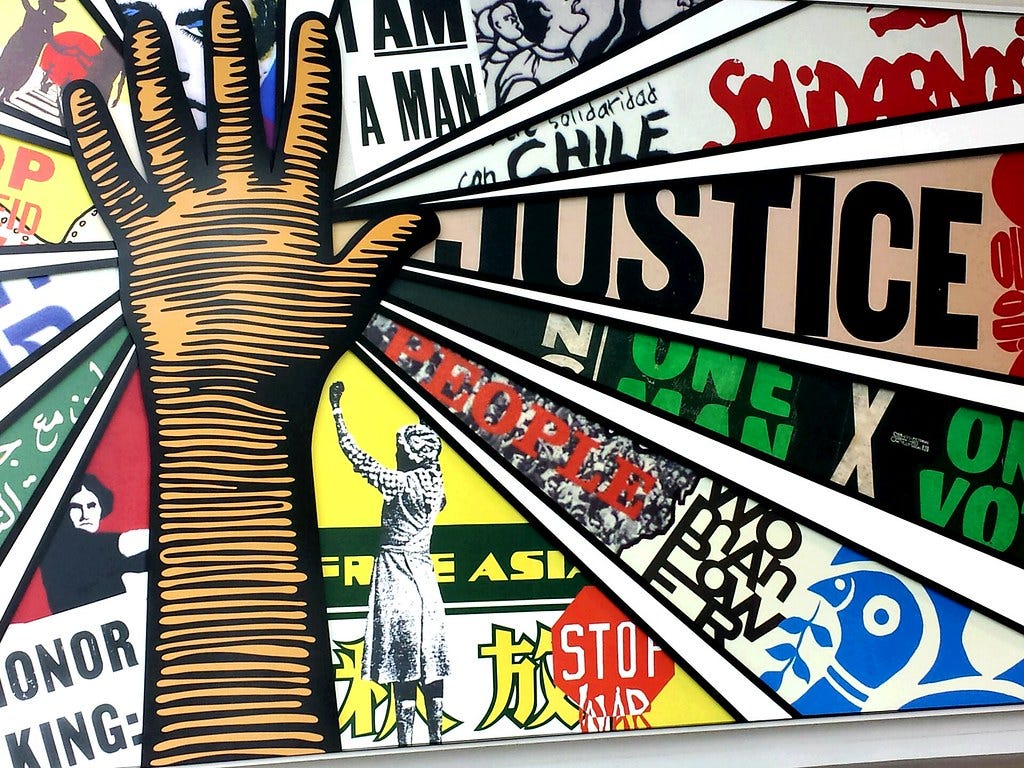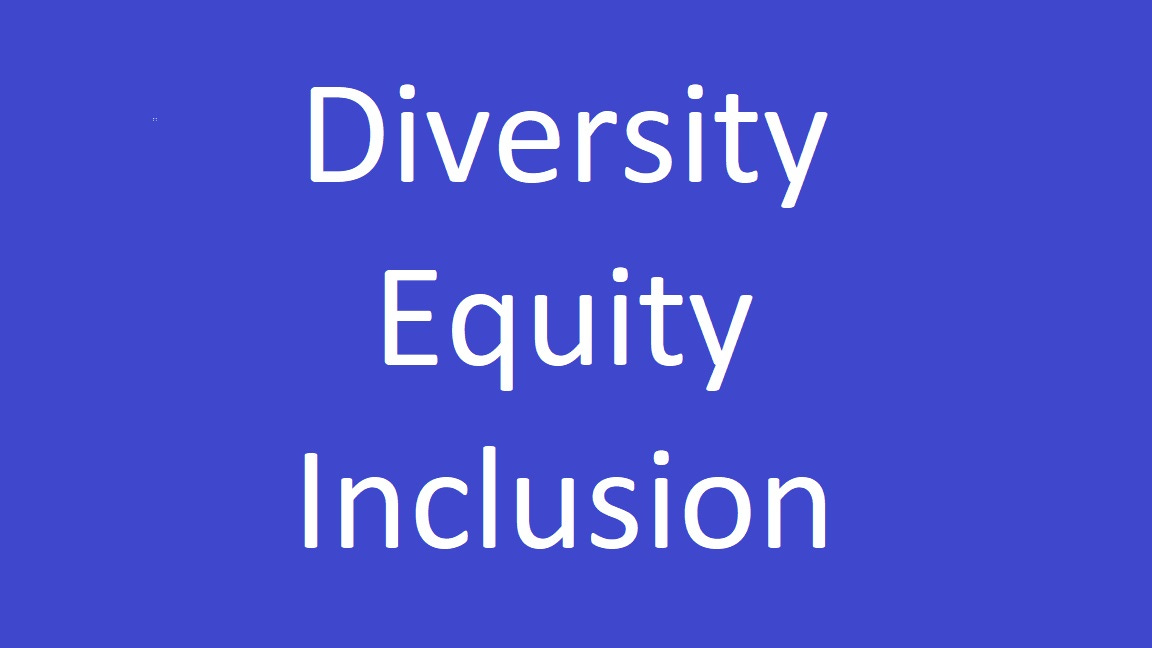What are they Thinking?: Understanding the Mind and Values of the Woke – Part 5 Social Justice Theory
The Convergence of Neo-Marxism and Postmodernism

The first post in this series: “What are they Thinking?: Understanding the Mind and Values of the Woke – Part 1 Living in ‘Escher’s World’” addressed how the contemporary Social Justice movement arose out of the convergence of Neo-Marxism and Postmodernism. The second post, Part 2 The Failure and Reinvention of Marxism” looked at the transition that took place from classic Marxism to Neo-Marxism. In Part 3 Towards Postmodernism: The Rise of Linguistic Theories, I looked at how 20th Century philosophy started to move beyond the optimism of modernism to even questioning if words have meaning. The previous post, Part 4 Postmodernism and Deconstruction, examined the background to the movement known as postmodernism.
If you are unfamiliar with Structuralism and Post-structuralism, please read the previous post in this series.
Social Justice Theory
The two major 20th century streams of thought discussed in previous posts, Neo-Marxism and Postmodernism, converged to create the Social Justice Theory of today. In fact, the two have had an influence on each other throughout. For example, Jacques Derrida went so far as to say, "deconstruction never had meaning or interest, at least in my eyes, than as a radicalization, that is to say, also within the tradition of a certain Marxism, in a certain spirit of Marxism."[1]
Adherents to Social Justice Theory are those who are popularly called “Woke.” However, those who adhere to this approach are increasingly reticent to take this title as it has had an increasingly negative connotation.[2] Social Justice is the more academic and defined term for the movement.
Social Justice Theory takes the Neo-Marxist Critical Theory’s concern with oppression and connects it with the Postmodern understanding that everything is about power, that even language is used to exercise power, and the resultant calls for the exposure and overturning of all forms of oppression.
Charles Pincourt, building on Pluckrose & Lindsay, has identified three principles of Social Justice Theory. The first is the knowledge principle which argues that it is impossible for us to know reality because all knowledge is socially constructed since it is defined by the language of our culture. The second principle, the political principle,holds that this socially constructed knowledge has been constructed by those in power (oppressor groups) in order to control others (oppressed groups). Finally, the subject principle argues that everyone is subjected to their subgroup’s identity within society, which means that everyone is automatically either an oppressor or oppressed depending on which group or groups within society that they are a member.[3] In our society, these binaries of oppressor and oppressed include: whites vs. racial minorities, men vs. women, heterosexuals vs. LGBTQ+, cisgendered vs. transgendered, owners vs. renters, and Christians vs. non-Christians.
One key problem created by this is that, obviously, not everyone fits cleanly in just one side of all the oppressor/oppressed dichotomies. A white woman can be seen as an oppressor because she is white while oppressed because she is a woman. Likewise, it has been argued that some suffer under greater oppression because they are a member of multiple oppressed groups. To address this, Kimberlé Crenshaw created the concept of “intersectionality.” In this, one might live in the intersection of multiple forms of oppression. Crenshaw argued that a black woman is oppressed both as a woman and by being black, but that this is therefore worse than the oppression against a woman and a black man put together.[4] This means that one can essentially use the various classes of oppressed and oppressor that an individual is within to determine how oppressed or how much of an oppressor someone is. You can think of this as something of an oppression scorecard.
Social Justice Theory is intended to address the issues of inequity and injustice in the world. The key to understanding Social Justice Theory is the concept that all inequity and injustice is a result of the power inherent in the system. Consider, for instance, the situation of two employees at the same company;one gets promoted up the ladder and the other does not. According to Social Justice Theory, the one must be being promoted due to unjust favouritism and not because that individual is more talented or harder working. Social Justice Theory considers every form of inequality to be based on some sort of subtle tipping of the scales. Social Justice Theory therefore seeks to uncover and overturn all the forms of oppression in our society.
One of the places that this is often seen is in the insistence on Diversity, Equity, and Inclusion. However, these terms are not used in the same way as they have been historically used. Diversity is meant to insist on a diversity of racial and sexual makeup within society or an organization. This diversity means that there should be at least equal representation of minorities as in the larger society. However, this does not include diversity of philosophical or political opinion. In a subtle shift of terms, equity has now come to replace equality. While Western Culture has historically extolled equality of opportunity and before the law, equity is now used to insist on equality of outcomes, and any inequality is assumed to be a product of overt or covert discrimination. In other words, the relative wealth of two different subgroups is assumed to be a direct product of the richer group oppressing the poorer group while other inputs such as group values towards education or work ethic are discounted. Inclusion takes a particularly unique turn in this movement as it assumes that every subgroup has its own knowledge and form of knowledge production and that each of these should be included equally. This has even been applied to academic research where there are those that argue for Social Justice Scholarship which means that scholars should prioritize scholarship by minorities regardless of the value of the research.[5]
Since this movement assumes that Western Society is inherently unjust and was made so by the oppressors, it calls for a constant and thorough search for injustice in order to root it out. This is one of the reasons that while, thankfully, instances of outright racism or sexism have become increasingly rare in our society, there is now a search for “microaggressions.” Microaggressions are small, seemingly insignificant acts that can be interpreted to be oppressive. Even if the individual did not intend any offense, it is assumed that because of their status as oppressors they were unaware of how they were formed by society to oppress others. Some gestures that are even meant to be compliments, such as telling an immigrant that they speak English well can be considered a microaggression based on covert racism.[6] In many ways, this can turn into a form of assumed guilt based upon class.
On a different level, Social Justice Theory offers purpose and meaning for Social Justice Warriors who believe they are stuck in an otherwise meaningless life. These individuals who have been told that everything is ultimately meaningless and filled with inequity are now given a mission and a direction in life to try to overturn inequity through the form of protests and political action.
The next post in this series will turn to the effects of Social Justice Theory on our society.
[1] Jacques Derrida, Moscou aller-retour translated in Mark Lilla, "The Politics of Jacques Derrida" p. 40 quoted in Hicks, Explaining Postmodernism, 186. Italics original.
[2] Brandon Tensley and CNN, “How ‘woke’ Went from a Social Justice Term to a Pejorative Favored by Some Conservatives,” CNN, 10 July 2022, https://www.cnn.com/2022/07/10/us/woke-race-deconstructed-newsletter-reaj/index.html; “What Is the History of the Word ‘Woke’?,” The Independent, 22 January 2021, https://www.independent.co.uk/news/uk/home-news/woke-meaning-word-history-b1790787.html.
[3] Pincourt and Lindsay, Counter Wokecraft: A Field Manual for Combatting the Woke in the University and Beyond, 5. This work is built upon Helen Pluckrose and James A. Lindsay, Cynical Theories: How Activist Scholarship Made Everything about Race, Gender, and Identity - and Why This Harms Everybody /, First Edition. (Durham, NC: Pitschstone, 2020).
[4] Kimberlé Crenshaw, “Mapping-the-Margins_intersectionality-Identity-Politics-and-Violence-against-Women-of-Color.Pdf” (Google Docs, n.d.), https://drive.google.com/file/d/1ifzT7WVGj-C7k_f0qiQDSTDxqp7bssK3/view?usp=embed_facebook.
[5] Pluckrose and Lindsay, Cynical Theories, 181-212.
[6] “What Are Microaggressions? 3 Main Types,” Cleveland Clinic, 2 February 2022, https://health.clevelandclinic.org/what-are-microaggressions-and-examples/.




